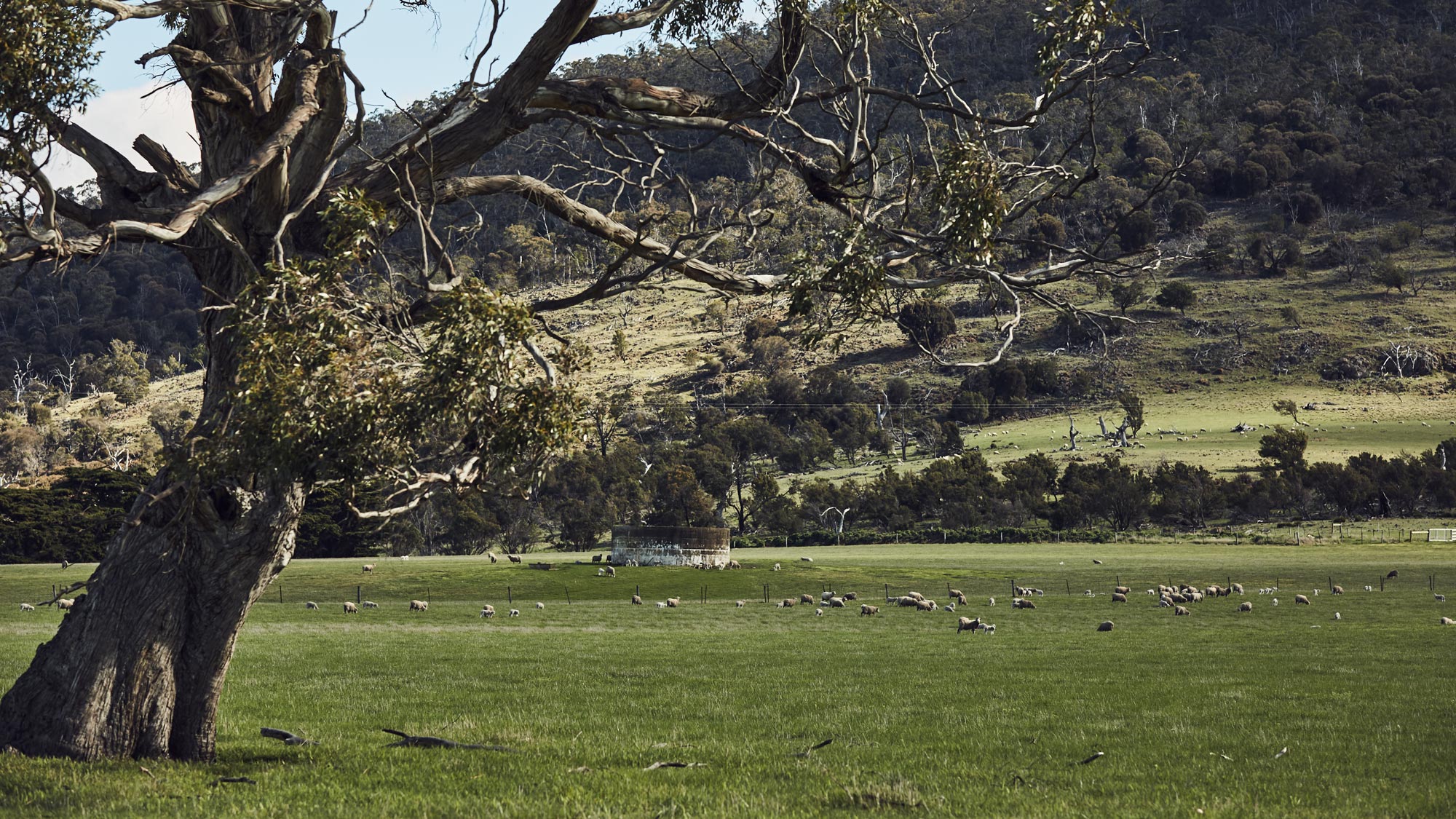Tool 5.5 Best practice guidelines for salt land
Tool 5.5 Best practice guidelines for salt land
This tool summarises the findings from the Sustainable Grazing on Saline Land (SGSL) sub-program of Land, Water & Wool into a set of general principles that can be applied to saline land across southern Australia.
Best practice for saline land includes:
- Identifying the extent of the problem. Many saline areas remain ‘undiagnosed’ on farms, especially in their early stages, when the more severe symptoms (bare scalds with white crystals on the surface) have not yet appeared. Early detection makes rehabilitation much easier. Saline sites will tend to be wetter than the rest of the paddock. The vegetation will change, with salt-tolerant species such as sea barley grass becoming more common. Often soil colour will change (usually it becomes darker), and sheep will graze these areas preferentially because of the salt content. Use tool 5.1 to identify the symptoms of early-stage saline land in your district, and/or contact a neighbour with saline land or regional NRM authority (see chapter 5.1 signposts) for assistance.
- Control the grazing of salt affected land. Sheep can graze salty land right down to bare ground. If you set stock, fence the saline area to reduce the time sheep spend on the salty area, but don’t put the fence too close to the edge of the saline area if the site is expanding. Preferential grazing is less of a problem for systems that use high intensity, short duration grazing.
- Many saline sites that appear completely lifeless are only that way because of overgrazing, particularly by sheep. These sites will often return to reasonable productivity simply by fencing and conservative grazing. Across all the SGSL sites, fencing and rotational grazing of the volunteer ‘pastures’ restored saline sites to an average of 60% of the productivity of adjacent, non-saline land.
- Many regional NRM authorities have funds to help you fence saline areas because these salty patches are often highly erodible and reduce water quality by contributing salt and sediment to streams.
- For some sheep producers and some situations, simply fencing the site and conservatively grazing it is the best long-term option. For other sites and situations, further improvements in productivity and profitability are worth pursuing. For small and/or highly ‘visible’ sites, nongrazing options (trees and shrubs) planted along edge of the salt discharge can be the best option. See chapter 5.3 signposts for resources to help you decide the best management action for your site. Trees planted within the discharge area rarely do well due to having their feet in salty water.
- Determine the productive capability of the saline area. In some cases, the productive capability will be greater than for the rest of the paddock, typically where the salinity level is low and the extra water lengthens the growing season. Identifying the salt-tolerant species that have colonised the saline site is a critical component of determining the capability.
- If local experience/advice suggests that the pasture production justifies the cost, then specialised salt land pastures can be established. These are often very useful for out-of-season feed.
- If salt land pastures are not warranted due to a lack of productive capacity or if the site is too small to justify establishing pasture, then other options, based on occasional grazing of the volunteer pasture or revegetation of the surrounding area with salt-tolerant trees and shrubs, will give the management control needed to minimise erosion and salting of streams. Local knowledge is needed to assess the pasture options for saline land, and many regional NRM authorities, State Departments of Primary Industries/Agriculture, and agronomists can assist.
- Explore non-grazing options. Many farms have small patches of saline land that are too small to make a significant contribution to the farm’s feed resources. Some saline sites are highly visible – near the house or the road – and aesthetics may be more important than productivity.
- In any of these situations, non-grazing options (salt tolerant trees and shrubs) can be the best option. Saline sites can contribute to the farm’s vegetation and biodiversity as well as visual appeal.
- Seek local advice. The symptoms and the best approaches to salinity management vary greatly across southern Australia so getting local advice and assistance is recommended. Your local NRM authority can give you or will know where to get the best local information. This is particularly important if you plan to establish a saltland pasture because salty sites have a higher risk of establishment failure than non-saline paddocks.






